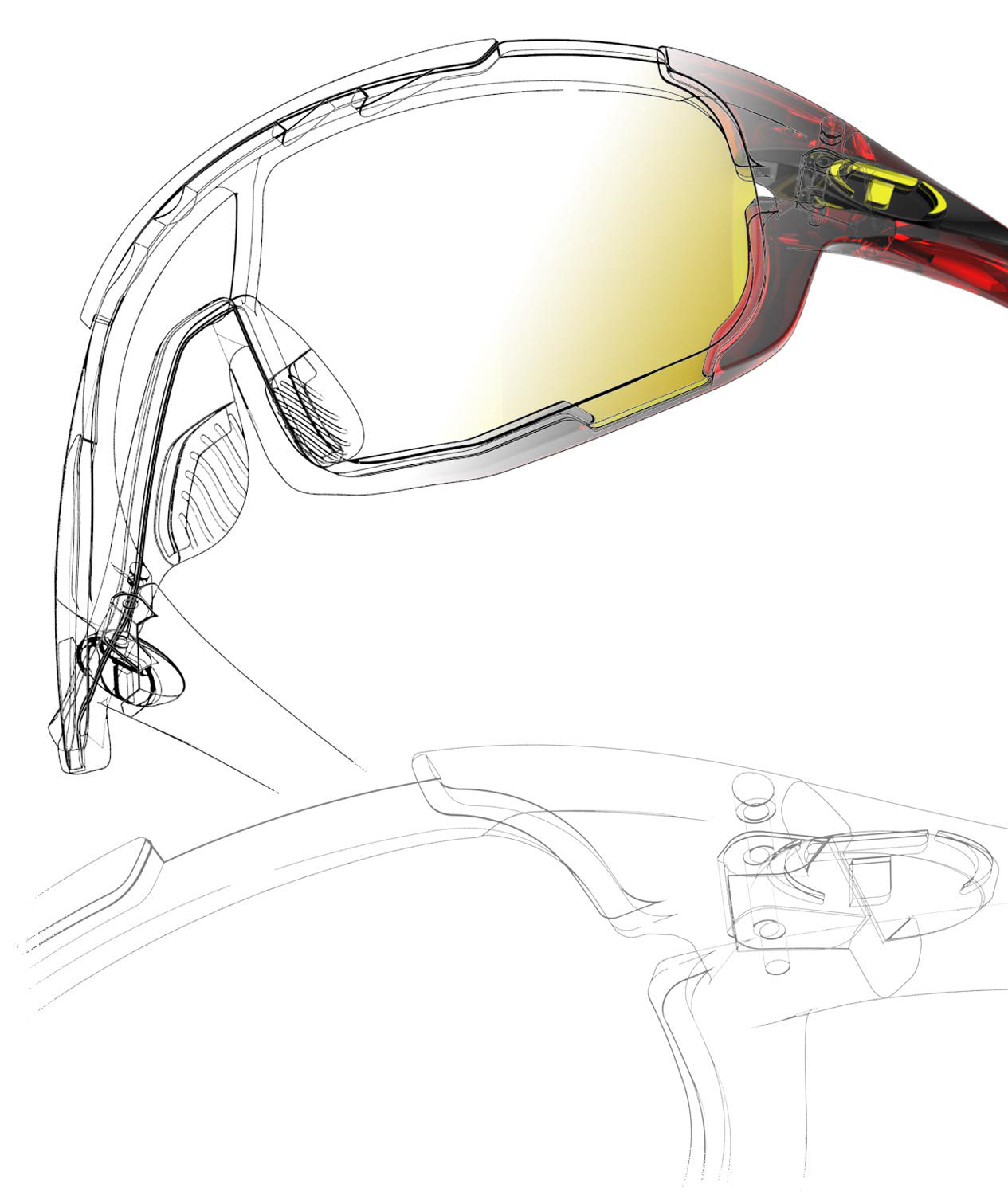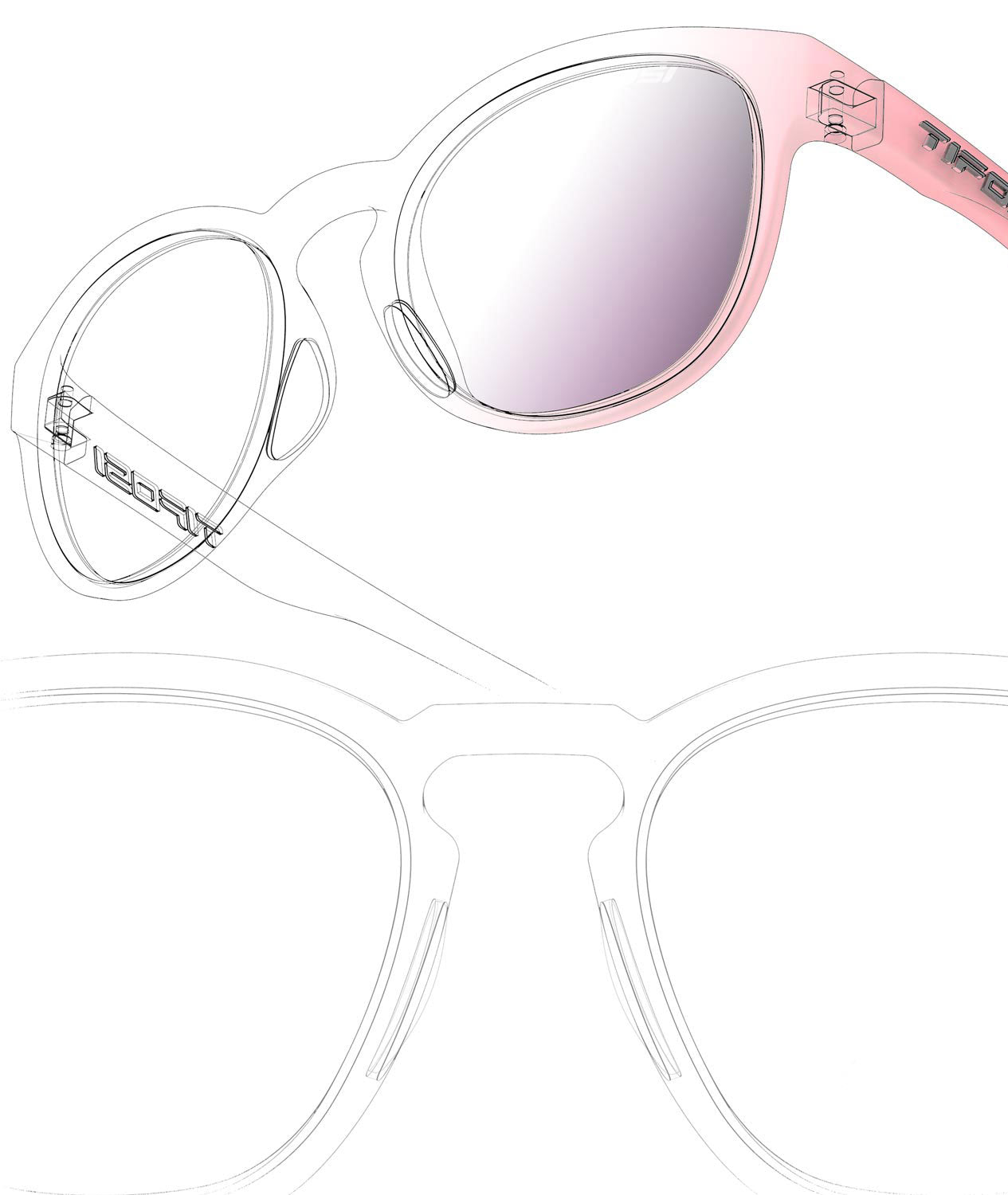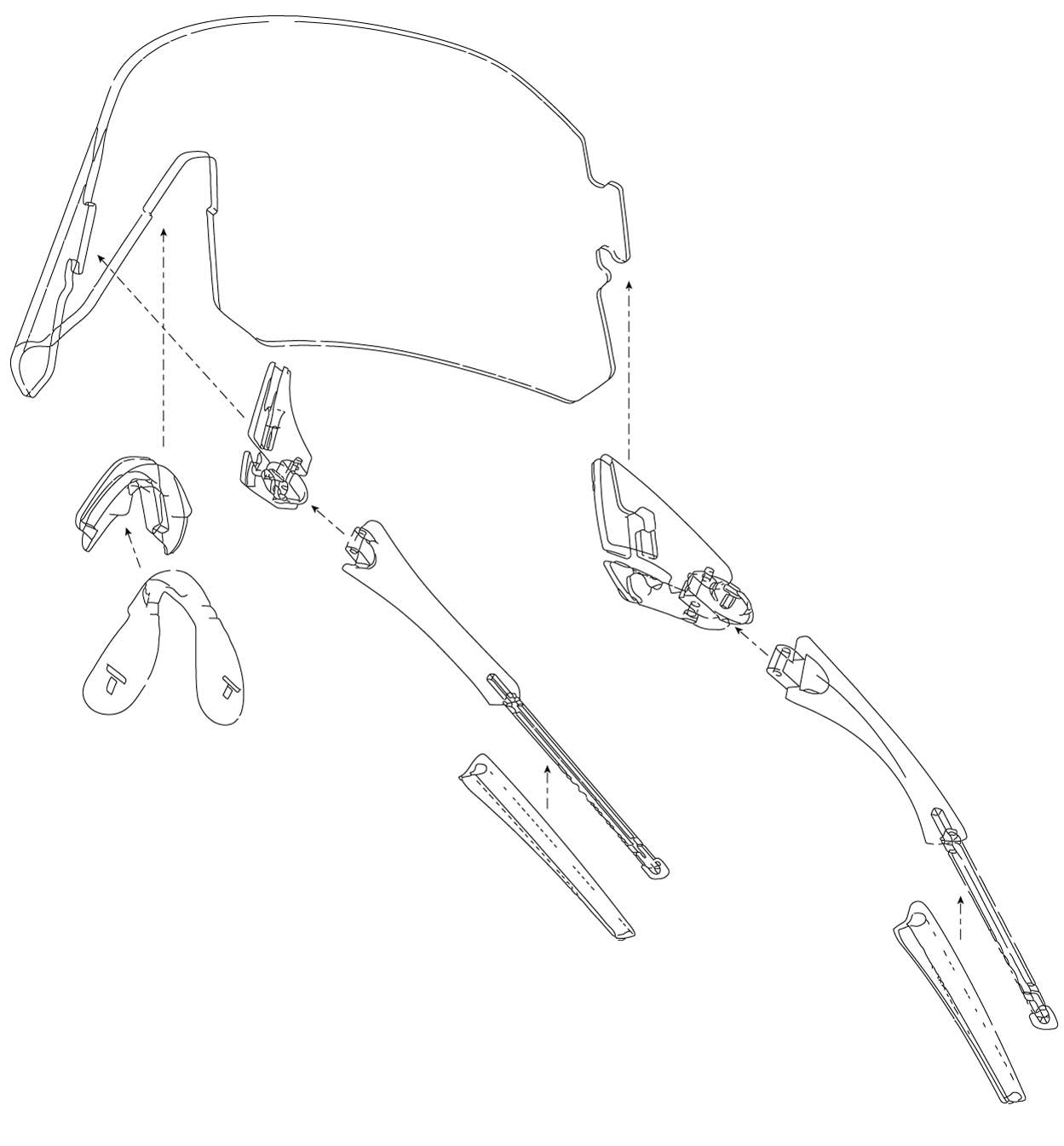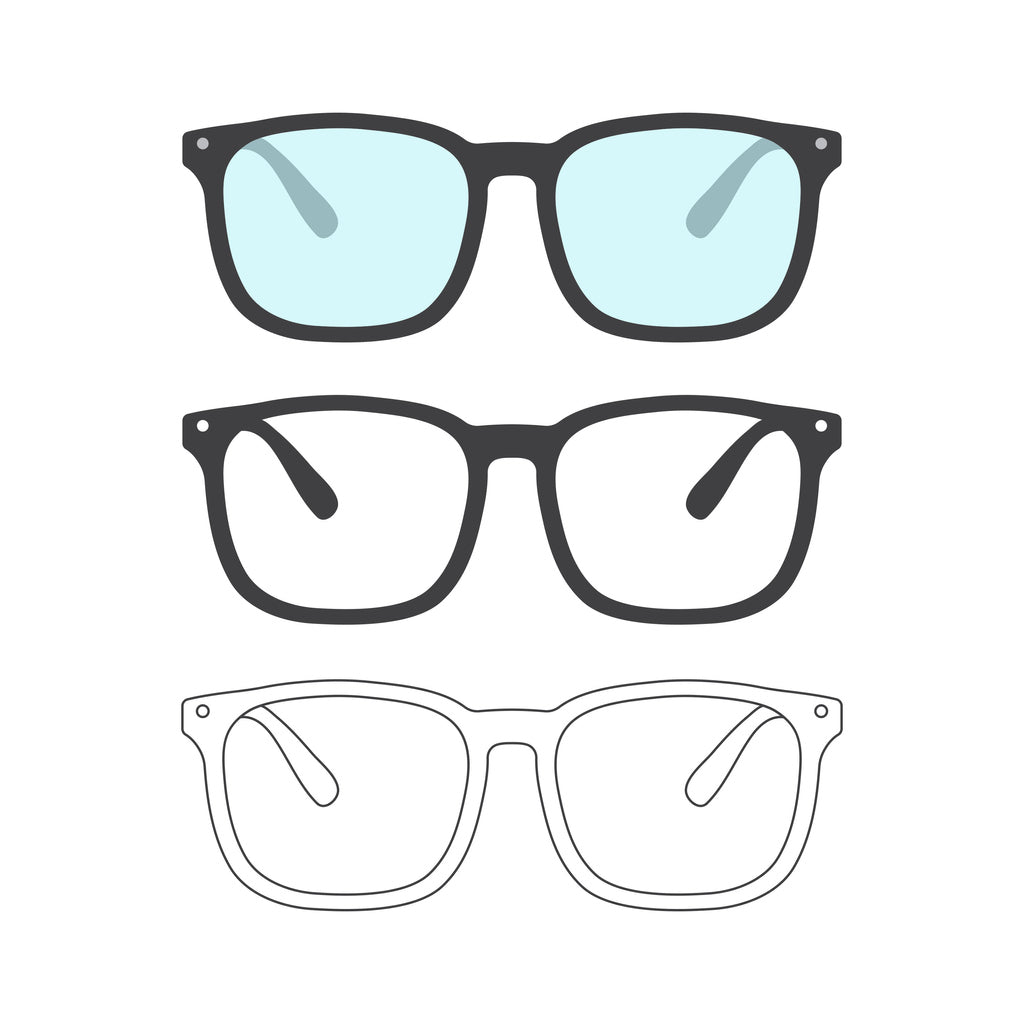Clear vision is a precious gift that many of us cherish. As we age, it's common for our eyes to need a little extra help to focus on fine print or see distant objects. When it comes to improving our vision, two popular options are reader glasses and prescription glasses. In this blog post, we'll explore the differences between these two eyewear solutions, helping you make an informed choice to keep your vision sharp and clear.
Reader Glasses: A Quick Overview
Reader glasses, also known as reading glasses or "readers," are non-prescription eyeglasses designed to help people with presbyopia. Presbyopia is a natural age-related condition where the eye's lens loses its flexibility, making it difficult to focus on close-up objects. Reader glasses are readily available at drugstores, supermarkets, and online retailers, and they come in various strengths, often measured in diopters.
Pros of Reader Glasses
- Accessibility: Reader glasses are widely available without the need for a prescription. You can easily purchase them off the shelf and try different strengths to find the one that suits you best.
- Affordability: They are generally more budget-friendly than prescription glasses, making them a cost-effective solution for occasional use.
- Convenience: Readers are ideal for specific tasks like reading, sewing, or using a computer. You can have multiple pairs for various activities.
Cons of Reader Glasses
- Limited Application: Reader glasses are designed for close-up tasks only. They won't address issues with distance vision or astigmatism.
- Generic Solution: These glasses are not customized to your specific visual needs and might not provide the best vision correction.
Prescription Glasses: A Deeper Look
Prescription glasses are customized eyeglasses designed to correct a range of vision issues, such as nearsightedness, farsightedness, astigmatism, and presbyopia. To get prescription glasses, you need an eye examination by an optometrist or ophthalmologist who will prescribe the appropriate lenses tailored to your unique vision.
Pros of Prescription Glasses
- Customized Correction: Prescription glasses are designed to precisely correct your vision, addressing specific issues
- Versatility: They are suitable for both near and far vision, making them ideal for everyday use.
- Quality Materials: Prescription glasses typically use higher quality materials, which can enhance comfort, durability, and clarity.
Cons of Prescription Glasses
- Cost: Customization and higher-quality materials often result in a higher price tag compared to reader glasses.
- Need for a Prescription: You must visit an eye care professional to obtain a prescription, which can be time-consuming and may involve additional costs.
- Limited Portability: You can't easily switch between different strengths for different tasks as you can with reader glasses.
What's the right option?
The choice between reader glasses and prescription glasses ultimately depends on your specific vision needs, lifestyle, and budget. Here are a few guidelines:
- If you have a known vision issue or astigmatism, prescription glasses are the best choice as they provide tailored correction.
- For occasional tasks like reading or sewing, reader glasses can be a convenient and cost-effective option.
- Consider a combination: Some individuals use prescription glasses for their general vision needs and keep a pair of reader glasses handy for specific close-up tasks.
Understanding the differences between reader glasses and prescription glasses is crucial in making the right choice for your vision needs. Whether you're addressing age-related presbyopia or other vision issues, both options offer distinct advantages and limitations. Consult with an eye care professional to determine which eyewear solution is best suited to your unique requirements, ensuring that you continue to see the world with clarity and comfort.
For the best reader glasses and best prescription glasses options click here.






